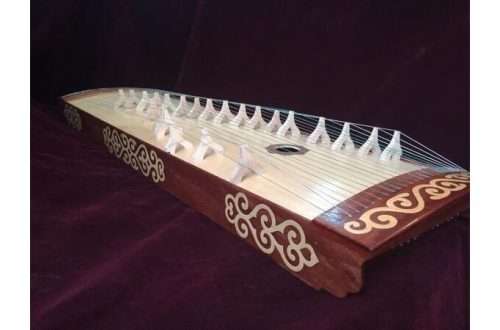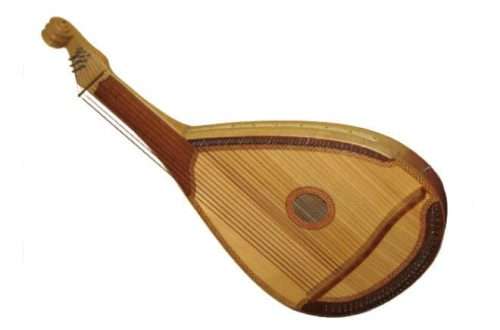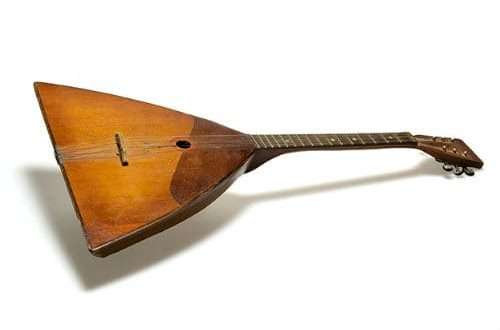
Lavabo: instrument composition, sound, use
Lavabo, rawap, rabob is a stringed plucked musical instrument. Closely related to the Asian rubob, rubobi. Translated from Arabic, it means the combination of short sounds into one long one.
This instrument belongs to the lute family. Their common features are a resonant body and the presence of a neck with frets. The roots of the lute come from the Arab states of the XNUMXth-XNUMXth centuries.
It is used in folk music among the Uighurs living in Xinjiang (periphery in the northwest of China), as well as in India, Uzbekistan. The total length of the tool is from 600 to 1000 mm.

Lavabo has a small bowl-shaped convex body, usually round or oval, with a leather top and a long neck, which has a recurved head at the end and is equipped with two horn-shaped processes at the base. The body is made of wood. Usually silk frets (21-23) are located on the neck, but there are fretless specimens.
Five intestinal, silk or metal strings are stretched around the neck. The first two strings are tuned in unison for melody, and the remaining three for fourth and fifth. The sound of a sonorous timbre occurs due to the plucking of the strings with a wooden plectrum. Lavabo is mainly used as an accompaniment for vocals and dances.





